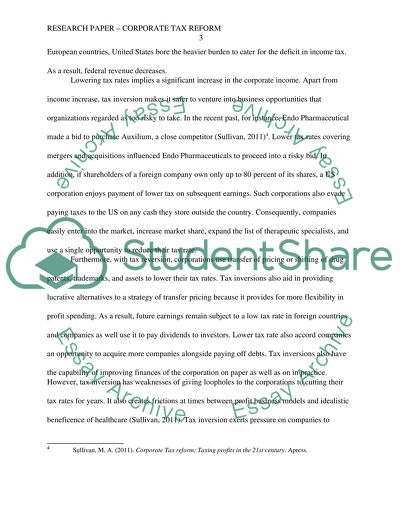Cite this document
(Corporate Tax Reform Research Paper Example | Topics and Well Written Essays - 1500 words, n.d.)
Corporate Tax Reform Research Paper Example | Topics and Well Written Essays - 1500 words. Retrieved from https://studentshare.org/macro-microeconomics/1665169-research-paper-corporate-tax-reform
Corporate Tax Reform Research Paper Example | Topics and Well Written Essays - 1500 words. Retrieved from https://studentshare.org/macro-microeconomics/1665169-research-paper-corporate-tax-reform
(Corporate Tax Reform Research Paper Example | Topics and Well Written Essays - 1500 Words)
Corporate Tax Reform Research Paper Example | Topics and Well Written Essays - 1500 Words. https://studentshare.org/macro-microeconomics/1665169-research-paper-corporate-tax-reform.
Corporate Tax Reform Research Paper Example | Topics and Well Written Essays - 1500 Words. https://studentshare.org/macro-microeconomics/1665169-research-paper-corporate-tax-reform.
“Corporate Tax Reform Research Paper Example | Topics and Well Written Essays - 1500 Words”, n.d. https://studentshare.org/macro-microeconomics/1665169-research-paper-corporate-tax-reform.


